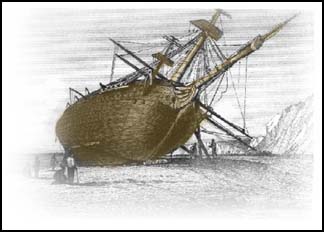 |
| Introduction |
| World Futures |
| The Club of Budapest |
| Brief History |
| Members |
|
International tension was mounting during the Cold War. Nuclear overkill was building on both sides. The fear was mounting globally that our species was about to wipe itself out. Into Budapest for a secret meeting behind the Iron Curtain fly a handful of concerned scientists. From the West they came from the U.S., England, Italy, and Finland. From the East came the massive, black-bearded Director of the Soviet Union’s leading research institute. Already in place, as hosts of the clandestine conference — still imprisoned behind the Curtain of barbed wire, watch towers, checkpoints, and heavily-armed Russian soldiers and vicious guard dogs — were the two Hungarians, one the country’s leading biologist, the other his sidekick and co-theorist, a young computer scientist. In the dim light of a small room within the dark labyrinth of the soot-blackened and crumbling old Hungarian parliament building they met to discuss the feasibility of a seemingly impossible but increasingly compelling task. Convinced something had to be done about the “survival of the fittest” Darwinian mindset driving both West and East toward mutual destruction they have come together to discuss whether the emergent new chaos theory may provide an answer. Is it possible the new science of chaos theory can be used to push through the escalating global chaos to a peaceful new order on the other side? That is, can it be used to build a new prosocial, action-oriented theory of human evolution that can bring West and East together to use as a road map to help guide our species through chaos to peace and the much better world? So began the still almost wholly unknown saga of The General Evolution Research Group, which over the final quarter of the 20th century drew together 48 natural, social, and systems scientists from 12 countries to discuss and try to build the “full spectrum, action-oriented,” or fully human theory of evolution. With photos and other graphics to make the people, the times, and the great adventure of science at its most inspired and hopeful come alive, their story — of immense importance for the students, teachers and scientists of the 21st century to know of and understand– will soon be told here.
This is an old print of the ship on which the young Darwin made his famous and fascinating voyage around the world, the H.M.S. Beagle. Drawn by one of the artists who accompanied them to record the journey, this shows the Beagle beached ashore for repairs near the town of Santa Cruz in what was then the country of Patagonia, now Argentina, before they journeyed on to Tahiti and Australia. We’re using the tiny beached Beagle
|

